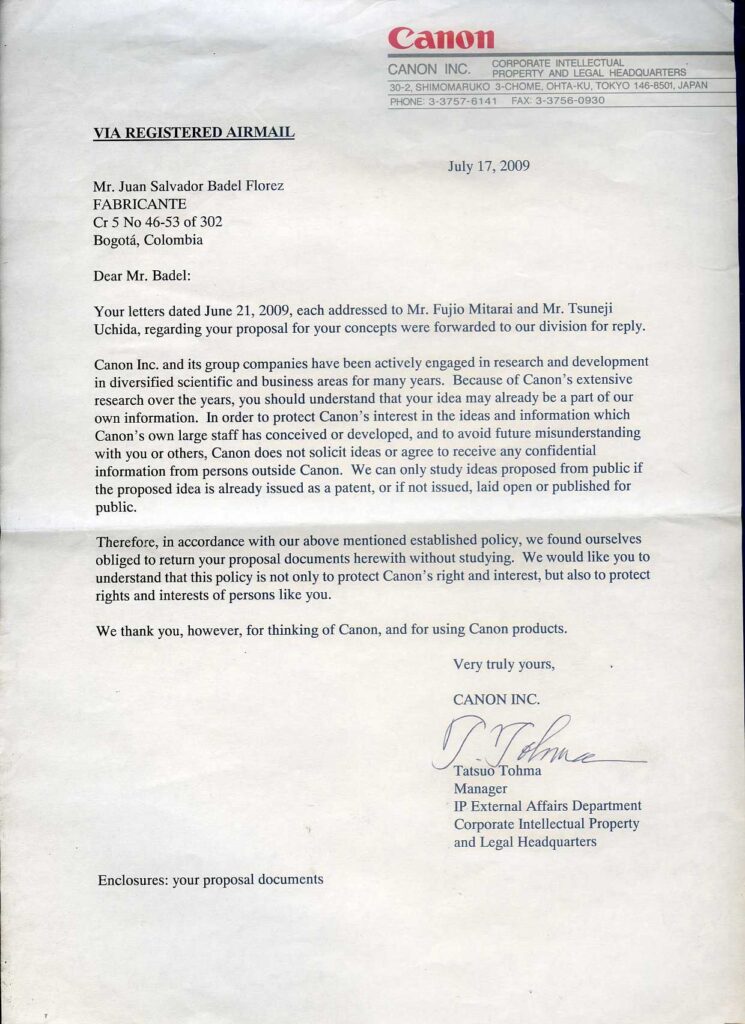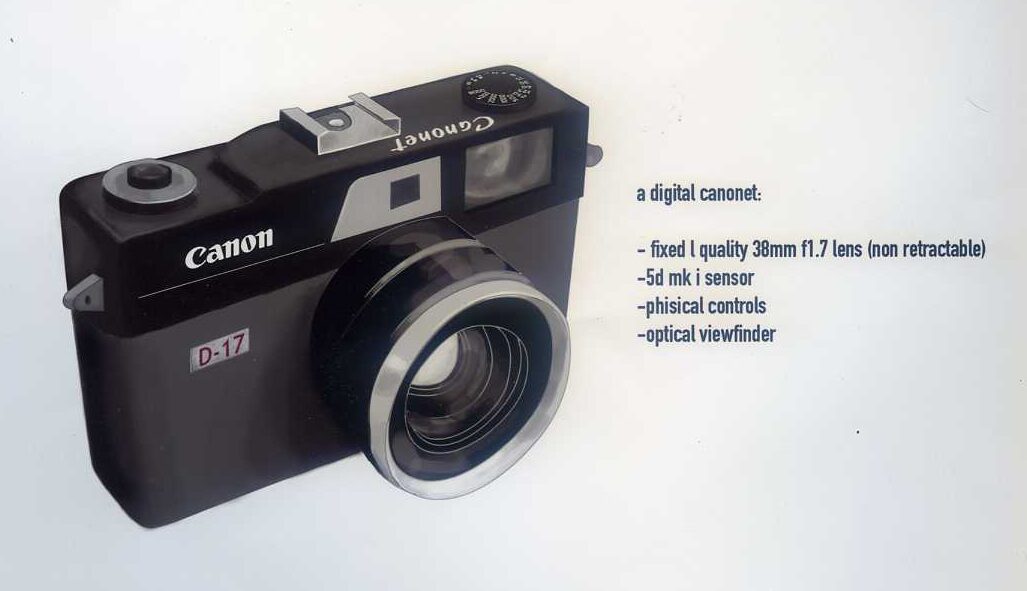It was the 9th year of the third millennium. One of the last years in which western civilization advanced forward.
Some of the last good music was being recorded, and there was still faith in cinema and the arts as means of expression for creativity and joy. Politicians were still acting with some sort of logic and coherence. Websites like Flickr and Tumblr gave promises of creativity and connection. The iPhone had been launched only a couple years before, and it still seemed like it was going to be a good thing.
Many changes were on their way: Photography, a process in which chemistry had reached a peak of perfection, with colors being faithfully captured on film, was being replaced by a digital artifice. No longer was light going to permanently modify halides of silver. From now on, it was going to be represented by ones and zeroes. The magical moment would cease to exist, only to be replaced by a digital approximation of it.
The amazement that I felt as a kid when I saw an image appear on a piece of paper under the red light of the dark room was going to be lost for the new generations.
The electro mechanical perfection of film cameras, beautiful objects of design, made to work perfectly for years under adverse conditions, was being replaced by plastic electronic devices. They hold little resemblance to the magical machines that had been used for years to capture light.
I had studied photography and started my photography career using film cameras. And while it was very practical to use digital cameras for work, to me it was very soon clear that something had been lost with the transition to digital photography. In a way, the whole mystic of being a trained photographer was gone, since the technical knowledge required to shoot a good photo, especially under the stress of a large advertising production, was reduced basically to zero. Also, the cameras, to me, had lost their magic. The new ones felt disposable, and indeed they were. No longer could a photographer buy a tool that would last him for a lifetime, now these plastic things would need to be replaced every time a new model with more features and megapixels would appear.
But then something exciting happened: The Canon 5d Mark II was launched. The possibility of capturing film-looking video with a digital camera had appeared. The full frame look of the photos was finally close to what film offered. And to me it was wonderful.
But, why did such marvels could only be fitted in the awkward body of a dslr? Why did Canon, a company that had produced beautiful designs like the Canon P, the Canonet, the A1, AE1, or the F1, could not make anything better looking and feeling that that heavy ugly brick that was the 5D Mark II? If they could capture film looking video with the camera, why couldn’t they make a dedicated digital cinema camera that had a better form factor? I didn’t understand. And I felt like I needed to do something about it.
With the help of an illustrator friend I put on paper two concepts: one was a Digital Canonet. A full frame rangefinder camera with a fixed lens. The other one was a Digital Cinema camera that had a form factor similar to the Canon 1014XL-S Super 8 camera. They looked great! How could Canon not think of something like that? I thought. I didn’t know if I was the only one who felt and thought that way, but I didn’t care: I wanted to let them know.
So, I went online and looked for contacts on their design teams. I couldn’t find anything. I knew that talking to the distributor in my country would be a waste of time. So I kept looking online for a name, and I could only find two. The names of the CEO and the President of Canon Japan. So, what else could I do? I wrote them a letter and sent two copies, one two each of them to different addresses that I found for the headquarters in Japan.
After I sent the envelopes with the concepts and the letters, I basically forgot about the whole thing and got back to work.
Then one day I opened my mailbox and found a large envelope. My heart almost ran off my chest when I read that the sender was Canon Japan. The paper and the printing were beautiful, I could even smell the cherry blossom. I couldn’t wait to get inside and open it. Maybe they thought my concepts were great and wanted me to further develop my ideas! Maybe I could contribute to something I loved so much like cameras and photography!
My heart fell back into its place when I read that they were returning my concepts unseen. Both letters were in the envelope and the untouched, the unseen renders of the cameras were there too.
In short, they couldn’t see my designs in case there was a possibility that they were already working on something similar, and there could be legal problems for them if I tried to claim property over the designs.
After the first disillusion I was amazed by how organized and correct these people were. Two letters sent to different addresses and persons were put together and sent back with a very polite letter to a crazy guy all the way around the world. I decided to find in it an almost poetic beauty, and put away my letter from Canon as a souvenir.
A couple years later Fujifilm launched their retro styled system of digital cameras, headed by the X100, a fixed lens rangefinder that has been a huge success since then. Nikon had a half successful attempt with the DF and now a much better try with the ZF as a retro styled camera. I have read rumors that Canon is finally going to go retro as well and it could be based on what else, the Canonet. Sony digital cinema cameras, while not going retro, have broken loose of the absurd DSLR form factor. And not only that: Pentax has just released a new film camera. Maybe, I was right! Please, bring the magic back!
Share this post:











Comments
Jalan on That time I sent a letter to the president of Canon, and got a reply.
Comment posted: 07/08/2024
Comment posted: 07/08/2024
Steviemac on That time I sent a letter to the president of Canon, and got a reply.
Comment posted: 07/08/2024
Your thoughts and reflections on digital photography echo mine exactly. While digital is undoubtedly brilliant, the magic is lost.
Bill Brown on That time I sent a letter to the president of Canon, and got a reply.
Comment posted: 07/08/2024
Comment posted: 07/08/2024
Fred Nelson on That time I sent a letter to the president of Canon, and got a reply.
Comment posted: 07/08/2024
Comment posted: 07/08/2024
Gary Smith on That time I sent a letter to the president of Canon, and got a reply.
Comment posted: 07/08/2024
Comment posted: 07/08/2024
Paul Quellin on That time I sent a letter to the president of Canon, and got a reply.
Comment posted: 07/08/2024
Comment posted: 07/08/2024
Hossein on That time I sent a letter to the president of Canon, and got a reply.
Comment posted: 11/08/2024
Nowadays companies are only mimicking 70s design without the actual build quality that could last for decades.
The new retro style cameras look great but don't feel great held in hand.
Comment posted: 11/08/2024